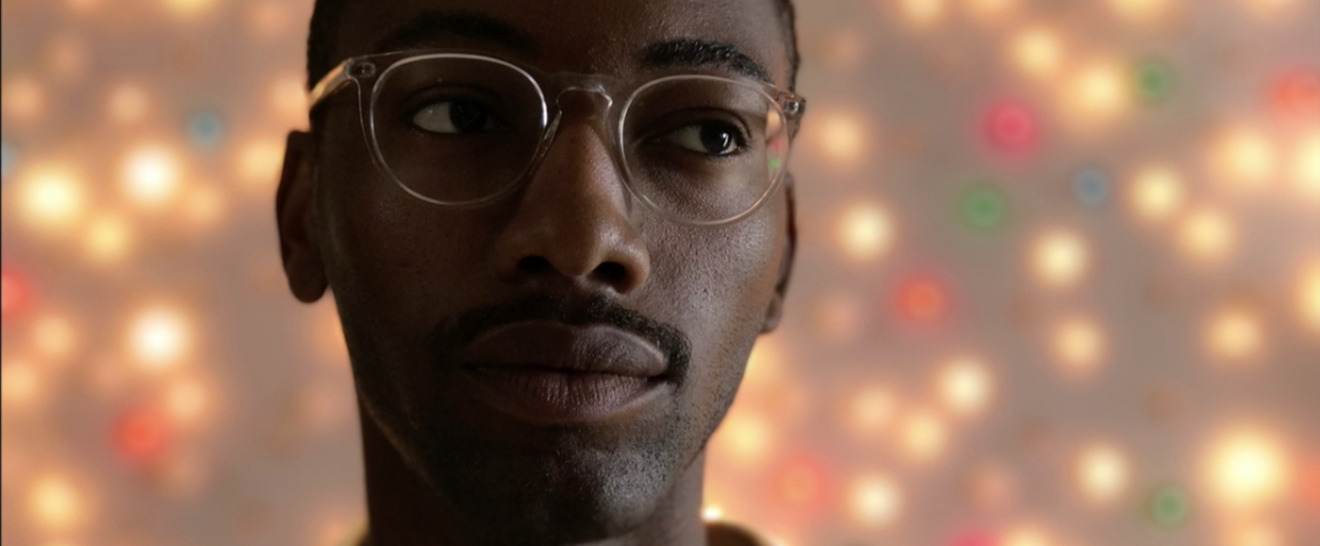Apple's choice of an all-new dual-sensor camera module on the iPhone 7 Plus steals the show, making it a compelling upsell from the 12-megapixel single lens on the iPhone 7. If you're still torn deciding between which model is for you, here's a comparison of what the iPhone 7 Plus camera offers over the iPhone 7.
Apple has made a solid foundation for iPhone photography in the camera shared between the iPhone 7 and iPhone 7 Plus. A new six-element lens has been implemented, and is coupled with a high-speed 12-megapixel sensor that Apple claims is 60 percent faster and 30 percent more energy efficient than previous iPhone cameras.
The entire iPhone 7 family features optical image stabilization with a larger f/1.8 aperture lens that lets in 50 percent more light.
Both models feature the True Tone flash. The new flash features four LEDs that put out 50 percent more light, and include a "flicker sensor" to detect the cycling of artificial lighting allowing for automatic compensation for in photos and videos.
Also on both the iPhone 7 and iPhone 7 Plus, is the new Apple-designed image signal processor. The new chipset is not well detailed yet, but Apple notes that it is used to detect faces and bodies, set exposure, set white balance, capture wide color, and reduce noise.
Other features on both models include auto optical image stabilization, Wide Color capture, and panorama features.
That's where the commonality between the two models end.
Dual-lens on the iPhone 7 Plus
New with the iPhone 7 Plus is the addition of a telephoto lens, and dedicated sensor. The telephoto lens adds an optical zoom of 2x, bringing the effective zoom to 10x. The aperture on the telephoto is smaller than the wide-angle lens, at /2.8.
Based on data culled from iPhone 7 Plus photographs that Apple highlighted from recent sporting events, the main sensor is the same 1/3-inch size of the iPhone 6s. The telephoto lens is slightly smaller at 1/3.6-inch.
Beyond just the optical zoom on the telephoto, two lenses and sensors on the iPhone can be used for range-finding in a single picture, allowing for the camera to produce a selectively out-of-focus portrait.
The technique, called bokeh, has had digital implementations for some time. However, Apple's dual-camera setup on the iPhone 7 Plus makes a depth map of the subject and background during the picture-taking process, rather than deducing subject and background after-the-fact, and selectively applies blur to portions of the image that are not the photo's subject.
While a big improvement for photographers is coming in iOS 10 in RAW support, the OS will not bring bokeh to the new camera at launch. An update with the feature is expected before the end of 2016.
In the iPhone 6 and iPhone 6s family, the difference in models was primarily in phone screen size, with the addition of optical image stabilization in the Plus models. The inclusion of the telephoto in the iPhone 7 Plus changes the game, and may lead to people that prefer the smaller model, shifting to the larger for the superior camera alone.
 Mike Wuerthele
Mike Wuerthele









-m.jpg)






 Charles Martin
Charles Martin
 Christine McKee
Christine McKee
 Wesley Hilliard
Wesley Hilliard
 Malcolm Owen
Malcolm Owen
 Andrew Orr
Andrew Orr
 William Gallagher
William Gallagher
 Sponsored Content
Sponsored Content







23 Comments
This will matter to photography nerds. As for the general public all smartphones take “good enough” pictures for Facebook, Instagram, Twitter, Grandpa’s 90th birthday, Fappening.com, etc.
The camera and water resistance are my major reasons for upgrading. I think the camera will drive a ton of upgrades. This is anecdotal, but I know at least 5-6 people upgrading strictly for the camera. Most are even moving to the larger plus for the first time hurt to have the dual lens feature. People like the "latest & greatest"
The camera was the deciding factor for me and the reason I finally upgraded to 128 gig storage rather than my usual 16 .And I think Apple will see more 7 Pluses sold than they did for the 6 pluses.
But for me personally i will use my 16 gig SE as my primary phone. And expect to keep ipgrading It to another small form factor iPhone whenever Apple makes one available. But the 7 plus will not my daily phone. Way too big.